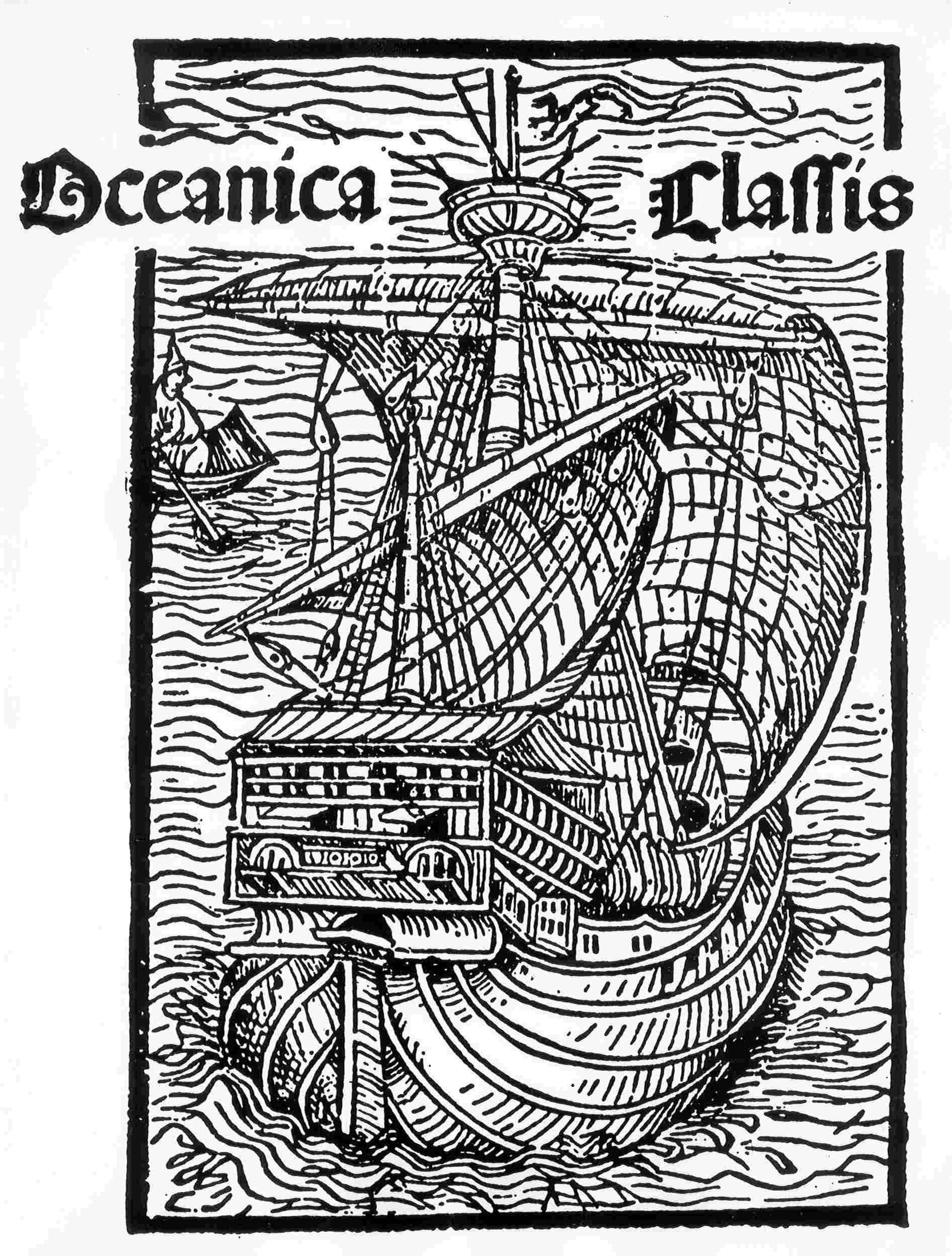
If you have come to this page from a search engine please click here for a full site map and access to all site pages A brief history of rubber: (If you would like an expanded version of these pages in book form, Check out "TEARS OF THE TREE" on Google or order from your local bookshop. Published by O.U.P, ISBN 0-19-856840-1. A new paperback edition is being released by O.U.P on 3 April 2014 ISBN 978-0-19-870500. Today rubber is an essential part of our lives and its uses are legion, ranging from the simple office eraser (rubber) to the foundations for buildings (as well as ladies), gaskets, seals, inflatable objects of every description and the ubiquitous tyre. If you want to make something that is airtight, waterproof and/or stretches or bounces, then make it of rubber! The industry as we know it today is something over 150 years old although it was about 100 years before that that the first scientific paper was written on this natural material.
The lives of the people involved with transforming natural rubber from a curiosity to the material it is today are described and we can see how many millions of native lives were lost in satisfying the demand for rubber as the industrialised world moved into the 20th century. The first synthetic rubbers (or elastomers) were commercially synthesised less than a century ago and their history is one of academic research galvanized by two world wars. Today there are several ‘general purpose’ synthetics and a wide range of specialized materials which, in total, constitute about 55% of the total elastomers market. The remainder is the natural material derived mainly from the Hevea braziliensis tree which was transplanted to countries such as Indonesia, Malaysia, Sri Lanka, Thailand and Vietnam as the rubber plantation industry developed to meet the demand which wild rubber could not satisfy. Finally we can look at some of the simple chemistry of rubbers, how and why they degrade and what can be done to slow down the process. Browse the time line, with its 500 rubber-related dates and events from 60,000,000BC to the end of the 20th century and use the links to check out more details or just click on any links on this page. |
This site is sponsored by: |




